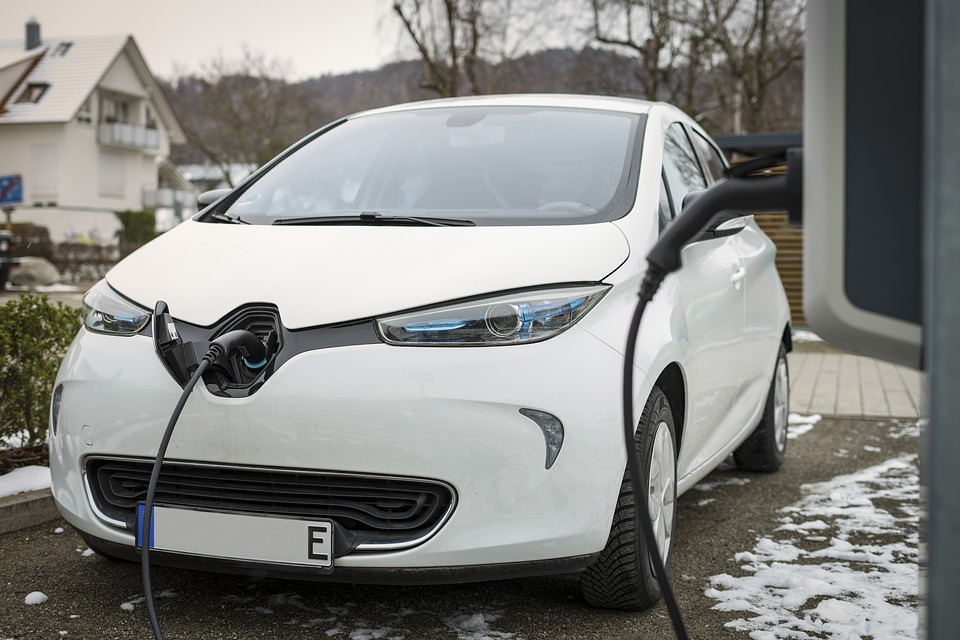EV Range and MPGe
EV range under real-life conditions
EV range is how far the vehicle will travel on a full charge. Range anxiety, the worry about running out of charge, has been a barrier to EV adoption in the past. This worry is quickly becoming a thing of the past, as more EVs are released with longer ranges, due in part to improvements in battery technology.
When deciding which EV to buy, range is usually the first thing that a prospective EV buyer considers. The listed range is best used as a guideline, due to the factors listed below.
EV range is based on standardized testing performed on a dynamometer in a test facility. EVs, similar to gas cars, perform in different ways in real-life conditions. These conditions are terrain, driver behavior, number of passengers, speed, wind, and outdoor temperature. All of these conditions determine the EV efficiency and therefore its range.
Outdoor temperature
EVs have been proven to have reduced range in colder outdoor temperatures. Running the heater will increase the loss. EVs lose power under 65 degrees, and lose it more quickly under 50 degrees. Studies have shown that losing 10% to 20% of range on a cold day is expected. Extremely hot outdoor temperature can affect EV performance. Temperatures above 86 degrees decrease the range. Running the air conditioner will add to the decrease.
What Does MPGe Mean?
The Environmental Protection Agency (EPA) released MPGe in the early 2000s. MPGe is listed on every new EV, and was created as a way to compare EV fuel efficiency to gas vehicle fuel efficiency. MPGe states that 33.7 kilowatt-hours (kWh) of electricity is comparable to a gallon of gasoline in its energy content. MPGe and range are factors when calculating the cost of ownership.

